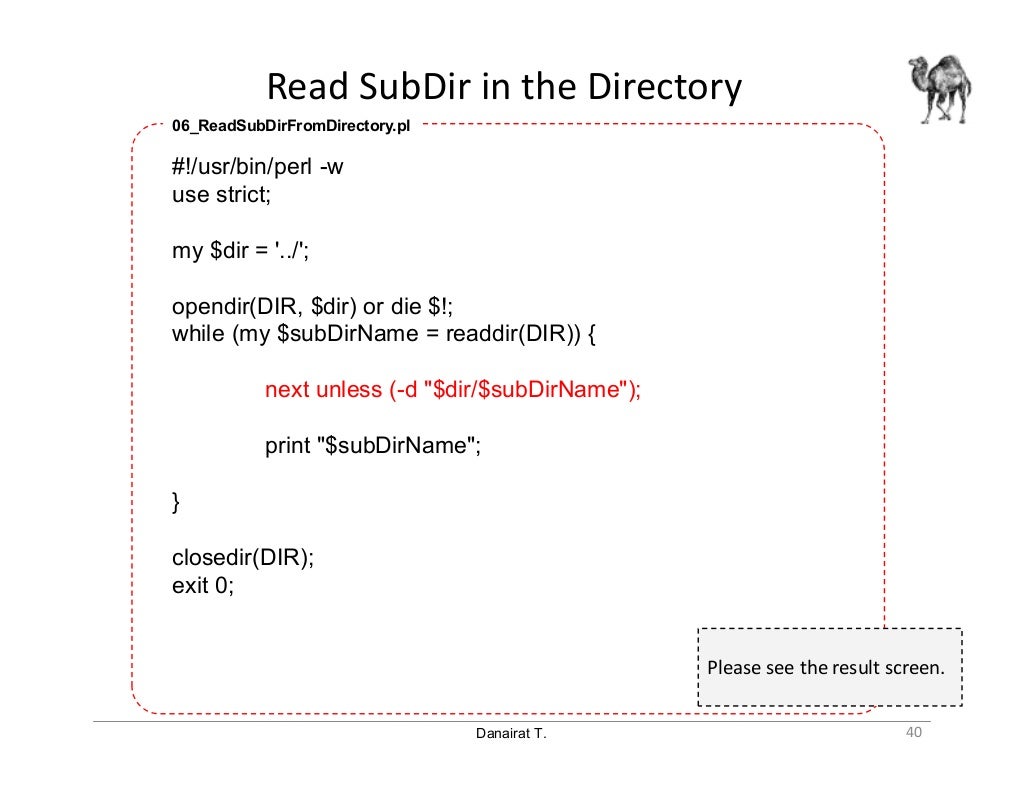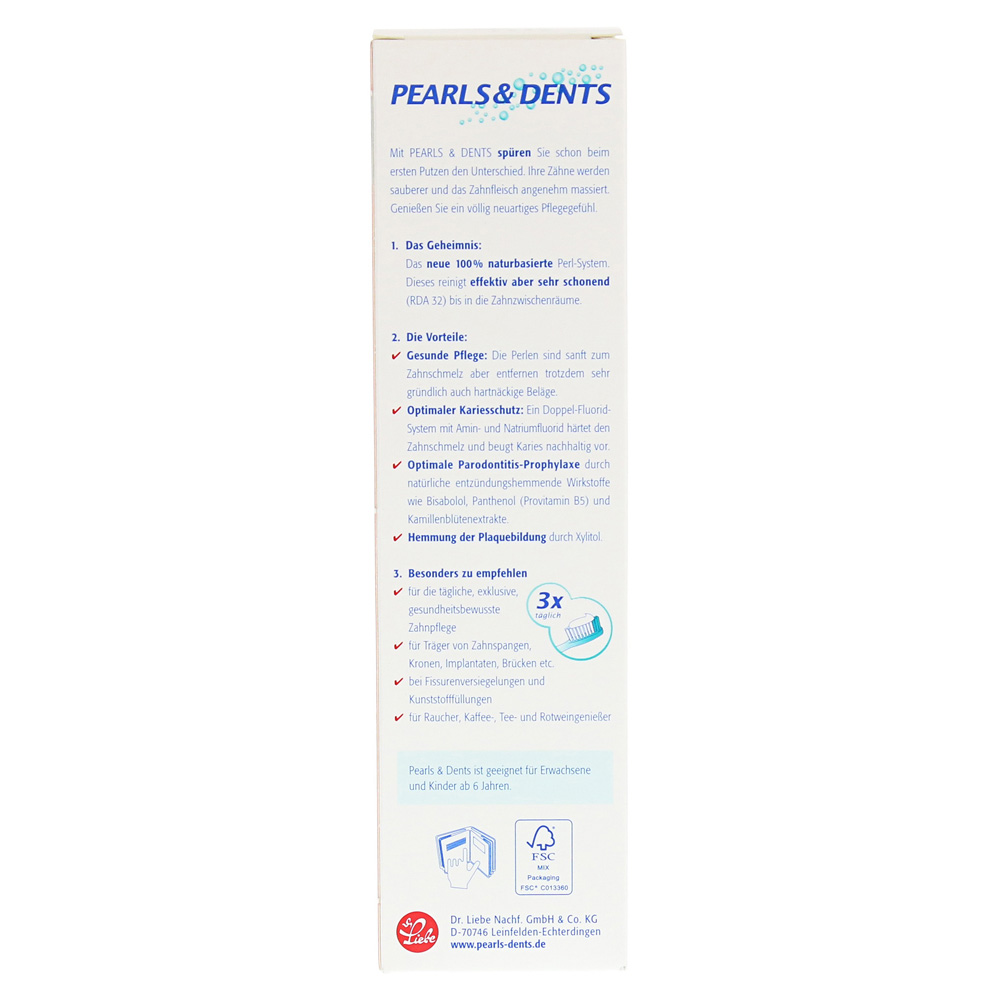

Perl system install#
This is the simplest way to install the latest version of Perl.
Perl system for mac os#
ActiveState Perl has binary distributions of Perl for Mac OS X. Please note that just because the keyword exists it does not mean that it is recommended to use it Perl functions. Note that exec will not call your END blocks, nor will it invoke DESTROY methods on your objects. Open a Terminal application (in the Utilities folder of your Applications folder) and run perl -v to find out which version. Below is a list of all the keywords available in the core of Perl, each links through to the relevant perldoc page. To be safe, you may need to set $| ( $AUTOFLUSH in English) or call the autoflush method of IO::Handle on any open handles to avoid lost output. Perl attempts to flush all files opened for output before the exec, but this may not be supported on some platforms (see perlport).

On Microsoft Windows systems, MATLAB ships with Perl, which is available from the website. On Windows, only the exec PROGRAM LIST indirect object syntax will reliably avoid using the shell exec LIST, even with more than one element, will fall back to the shell if the first spawn fails. perl( perlfile ) calls the Perl script perlfile. The second version didn't it tried to run a program named "echo surprise", didn't find it, and set $? to a non-zero value indicating failure. The first version, the one without the indirect object, ran the echo program, passing it "surprise" an argument. They have thousands of servers connected to the Internet, and are wary of anything that could be a sign of malware. Although it is a perfectly good implementation, it has little to differentiate it except for an easy mechanism to define new HTML-like tags that can be used to replace in-line code in templates. A user install of Perl would trigger a lot of alarms because it could be an attempt to get around their security. If you really want to follow an exec with some other statement, you can use one of these styles to avoid the warning: exec ('foo') or print STDERR "couldn't exec foo: $!" XPP is an in-line Perl system that compiles to bytecode. Since it's a common mistake to use exec instead of system, Perl warns you if exec is called in void context and if there is a following statement that isn't die, warn, or exit (if warnings are enabled-but you always do that, right?). It fails and returns false only if the command does not exist and it is executed directly instead of via your system's command shell (see below). The exec function executes a system command and never returns use system instead of exec if you want it to return.


 0 kommentar(er)
0 kommentar(er)
